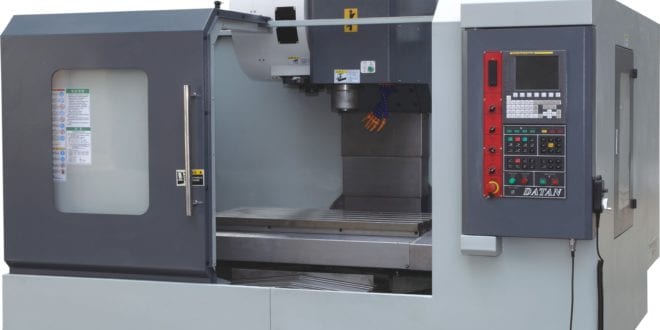
What are the Advantages of CNC Machining vs Manual Machining? the benefits of cnc machining CNC (Computer system Numerically Managed) machining is a manufacturing procedure in which pre-programmed computer system software application dictates the movement of factory tools and machinery. Utilizing this type of maker versus handbook machining can lead to improved precision, increased production speeds, boosted security, increased effectiveness, and most of all expense savings.What are the Advantages of CNC Machining?
The accuracy of the CNC machine guarantees consistent item quality. The process is more exact than manual machining and can be repeated in exactly the same manner over and over again.
Increased production speed and increased efficiency. Computer systems are used to manage the machines, the process is automated therefore increasing speed and quality of manufacturing. Considering machines do not tire or require breaks it makes it more efficient than manual machining. One of the primary advantages for the operators of CNC devices is security. Using CNC devices are much more secure than manually run machines as they work behind a guard and even a closed, transparent security door.
CNC Machining is more cost effective. Traditional machining requires one operator per device. CNC machining needs less maker operators considering that one competent operator can run numerous makers at one time. Because the CNC is so precise it reduces errors from the manufacturing procedure and eliminates unnecessary waste. CNC Machining Solutions for Customized Applications
Eagle focuses on Swiss CNC Machining, providing some of the most intricately formed stainless steel parts readily available in the market. We can working in diameters ranging from 0.030 ″ to 2 ″, permitting us to meet the unique specifications of even the most requiring applications. For more details on our Swiss CNC machining services and capabilities, just call us or request a quote today.Half a century ago, machinists were constantly responsible for crafting every single piece to excellence. These abilities are still required, but when it comes producing the Die Fabrication same piece at high volume and high accuracy, digital machines are vastly remarkable. That's where Computer Numerical Controlled (CNC) machining comes in. CNC machining is a manufacturing approach that utilizes pre-programmed computer system software application to manage machining tools. This innovation can be utilized to perform a series of complicated procedures, including grinding, routing, milling, punching, turning and lathing. CNC machining revolutionized the market in the 1960's and is the dominant method of machining today. It is very important to understand the numerous advantages and disadvantages of utilizing this innovation in your manufacturing operations. Constant Usage: Unlike manual labor, CNC equipment (barring any malfunction or upkeep issue) can work constantly over any amount of time without a break. This greatly increases efficiency and performance. Consistency, Precision and Redundancy: With computer software application, the style of any offered product only needs to be configured when. The CNC maker can then completely replicate that design, for any order quantity. Low Skill Requirement: CNC machine operators require little training and skill when compared to manual device operators.
Fewer Personnel: Since computer software controls the machinery, fewer specialists are needed for operation and oversight, cutting general costs. Flexibility: The software can be reprogrammed rapidly and quickly to produce various parts, enabling operations to keep up with shifting customer needs. Ability: This innovation utilizes computer system accuracy to exceed the limitations of manual capabilities. More intricate and complex operations are possible with CNC machining. Cost: CNC machines are more pricey and need a greater preliminary financial investment than machines that can be run by hand. However, as this innovation becomes the requirement, supply is increasing resulting in expenses slowly decreasing.
Skills Loss: As the demand for manual maker operators reduces, fewer and less new trainees adopt those abilities. This could ultimately result in the total loss of long-preserved skills.
Joblessness: Automation decreases the requirement for manpower, and less laborers are employed. That said, the need is now moving to software engineers and mechanical engineers, and education and training will need to adjust to satisfy that requirement. For more details on the abilities gap in the production market, reference this article.